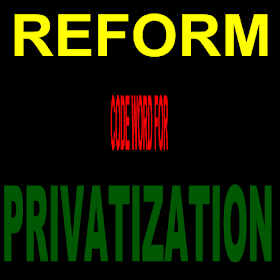Why aren’t our teachers as diverse as their students?Several states and districts have pledged to try to close the diversity gap
Diversity is growing among students in most U.S. schools, but not among teachers, The Washington Post reports.
Only one-tenth of 1 percent of Latino students attend a school system where the portion of Latino teachers equals or exceeds the percentage of Latino students, according to the Post’s analysis.
For black students, that figure is 7 percent, while for white children, it’s nearly 100%, the newspaper reported.
“Representation absolutely matters and it matters for … almost every educational outcome you can think of,” Seth Gershenson, a public policy professor at American University, told the Post.
In Chicago Public Schools, the district school board recently held a hearing with stakeholders who said there aren’t enough teachers of color in the district and questioned why the ones who have worked have left, the Chicago Sun-Times reported.
While only 10% of the district’s students are white, half of its teachers are, according to the Sun-Times. “We’re down to only 20 percent of our educators in CPS being black. That’s unacceptable,” Chicago Teachers Union chief of staff Jennifer Johnson said at the hearing, according to the newspaper. “I was often the only black educator that many of my students saw in the high school where I taught.”
In Rhode Island, Johns Hopkins University researchers found that lack of diversity among teachers at Providence Public Schools was a major concern, but it that was not being address by education leaders, according 89.3-FM, The Public’s Radio.
The state education department, which took over the district this fall, says it plans to address the CONTINUE READING: Why isn't our teacher workforce diverse enough?















